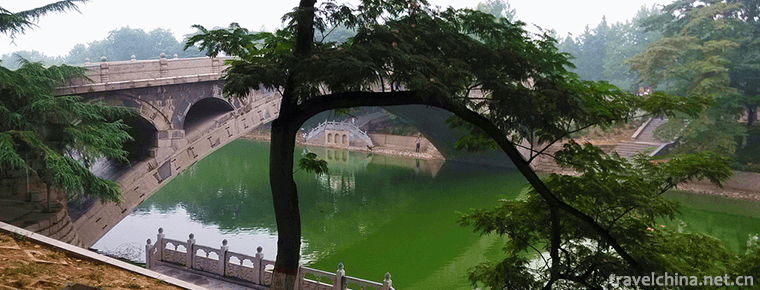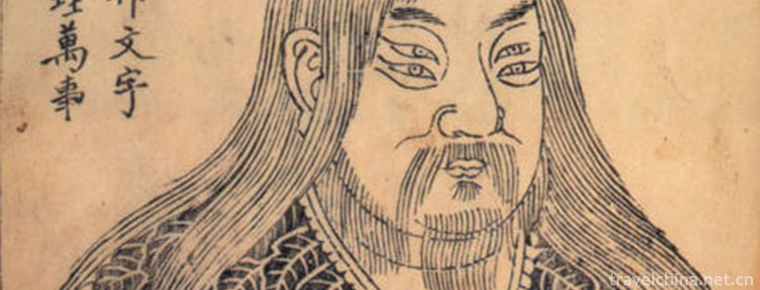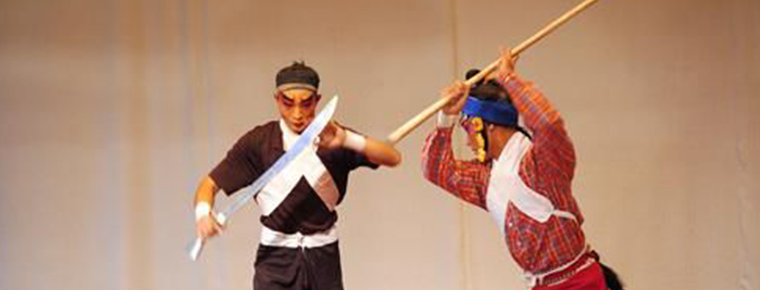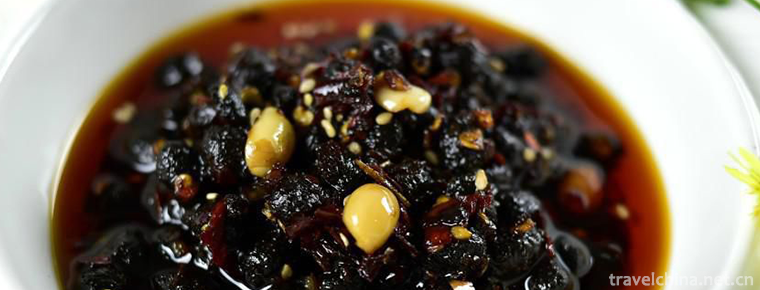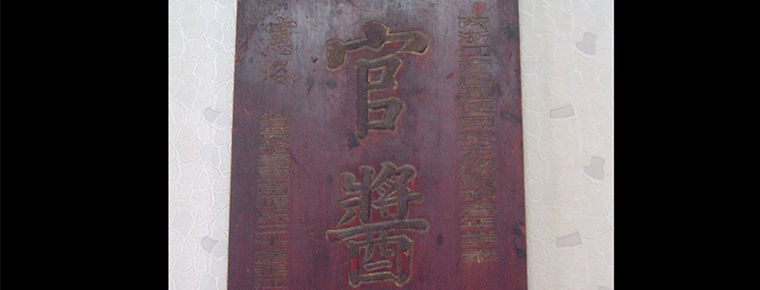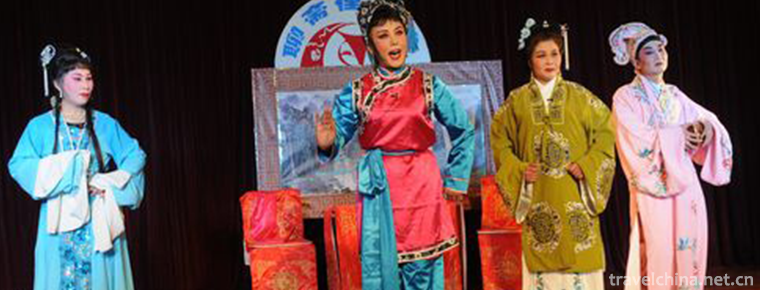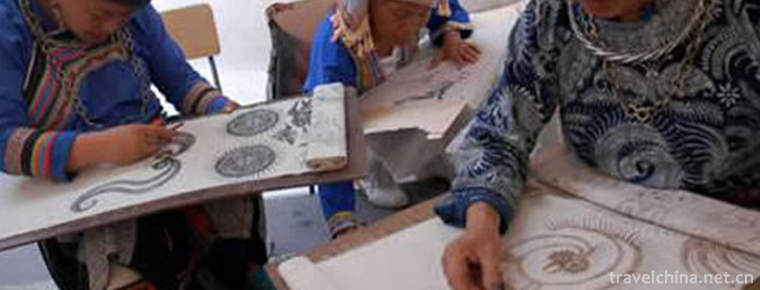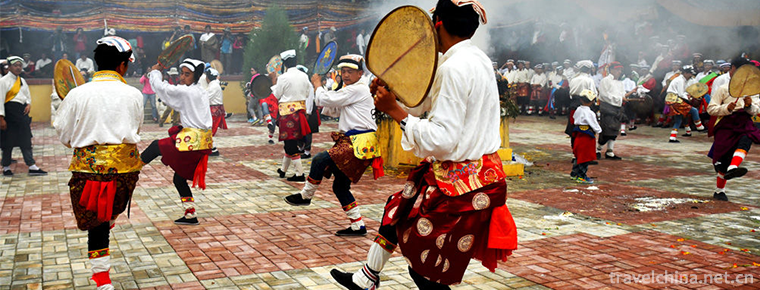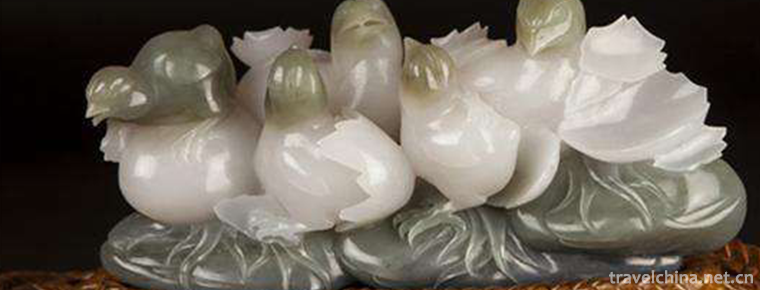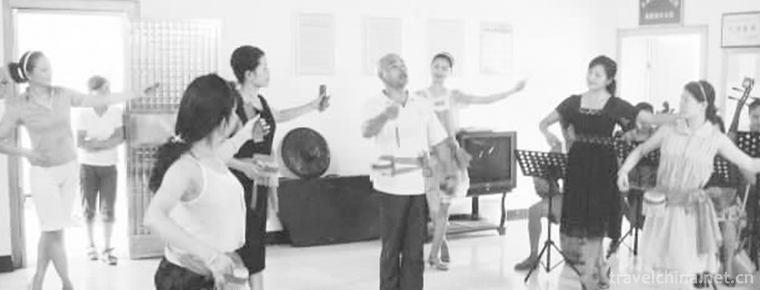Production Techniques of Tongshengxiang Beef and Mutton Bubble
Production Techniques of Tongshengxiang Beef and Mutton Bubble
Tongshengxiang beef and mutton steamed bread making skills, Shaanxi Province, the local traditional handicraft, one of the national intangible cultural heritage.
Tongshengxiang steamed beef and mutton steamed bun was founded in 1920. It was named Tongshengxiang with the meaning of "prosperity and auspiciousness". Its steamed bread is made of meat of choice mutton. It has exquisite cooking skills, unique flavor, strong rotten broth, smooth steamed bread, delicious taste and attractive appetite.
In 2008, Tongshengxiang beef and mutton steamed bun making technology was approved by the State Council and listed in the second batch of national intangible cultural heritage list, the heritage number is_-165.
historical origin
Mutton steamed bun has a long history. In the pre-Qin period, there were rituals of "offering lambs to sacrifice leeks" and "killing lambs" when offering sacrifices to ancestral temples and entertaining guests.
According to legend, steamed beef and mutton steamed buns originated in the 11th century BC and evolved on the basis of "steamed beef and mutton". In the Western Zhou Dynasty, "Niu Yang Xiu" was listed as the "rituals" of kings and princes.
During the Northern and Southern Dynasties, Mao Xiuzhi offered this wonderful taste to Emperor Wudi of Song Dynasty, and Emperor Wudi even named him a Taiguan official.
In the flourishing Tang Dynasty, the Muslims who settled in Chang'an continuously improved on the basis of the ancient soup of sheep, especially the use of "Tulmu", or bun, which formed today's soup of beef and mutton. It can be seen that beef and mutton steamed bun is the product of the interaction between the Central Plains culture and the Western Regions culture and the integration of the Han and Hui ethnic diet culture. According to the different cooking methods, steamed bun can be divided into four types: dry soak (no soup), mouth soup (one soup after eating), Shuiweicheng (more soup) and single-walker (steamed soup).
Su Shi, a poet of Song Dynasty, praised the folk ballad of "Longxiang has bear wax, Qin cooks only lamb soup" and "Chang'an City is mentioned, the name of Lamb Soup is often remembered; lamb soup tastes delicious, only belongs to the same prosperity". This is not only the ancient people's nostalgia for Shanxi cuisine, but also the modern people's sincere admiration for Tongsheng soaked soup. Beef and mutton soup is also deep. It is deeply imprinted in Shaanxi culture.
Tong Shengxiang was founded in 1920 and named Tong Shengxiang as "Tong Shengxiang" in the sense of "Tong Shengxiang".
Technological characteristics
Tongshengxiang beef and mutton steamed bread is heavy and mellow, with thick rotten meat soup, smooth steamed grain, overflowing aroma and unique flavor. Its production process is very sophisticated, from material selection, meat boiling, soup boiling, feeding, seasoning to steamed buns always adhere to fine, standard and standard.
Tong Shengxiang's steamed bun pays attention to the appearance of "meat is like two fish, fans are like spider webs", but authentic and authentic food, which also pays attention to: when eating, first put coriander and spicy sauce on the steamed bun, the coriander kills the smell, spicy sauce stimulates appetite, and then choose the orientation, step by step, always from one place along. Planing food at the edge of the bowl, avoid stirring back and forth, in order to maintain the fragrance of steamed beef and mutton, some people call this eating method "silkworm".
Inheritance and Protection
Inheritance value
Beef and mutton steamed bun is a unique nourishing food with warm stomach function. It has long been loved by people in Shaanxi and even northwest China.
Heritage figures
Wuping, selected as the representative successors of the fourth batch of national intangible cultural heritage projects on July 16, 2014, will be declared by Xi'an City, Shaanxi Province.
protective measures
Tong Shengxiang trains the chefs every year, and compares the chefs'cooking skills every year to test the chefs' practical operation ability. In this way, it not only guarantees the quality of Tongshengxiang steamed beef and mutton, but also promotes the inheritance and protection of intangible cultural heritage.
Tongshengxiang beef and mutton steamed bun formulated strict operating rules, developed and introduced hundreds of Muslim flavor dishes, and created a unique "steamed bun banquet", introducing mutton, lamb steamed bun, mutton stir-fry and other Muslim flavor snacks into the banquet.
Tongshengxiang beef and mutton steamed bun in order to improve the competitiveness of the business, strategic out of Shaanxi, in Beijing, Zhengzhou, Harbin and other places to set up branches.
social influence
Domestic impact
In November 1984, Tong Shengxiang sent two steamed bun technicians to Beijing Diaoyutai State Guest House to perform their skills, which was praised by the relevant leaders of the Central Committee.
In 1985, Tong Shengxiang performed mutton steamed bun in the report form of Beijing National Culture Palace and went to the chef of Diaoyutai State Guest House to make the steamed bun glorious at the state banquet.
In July 2008, Ma Guijun, the successor of Tongshengxiang Bubble, went to Beidaihe to produce "Bubble Bubble of Beef and Mutton" for the central leadership.
From April 6 to 10, 2012, the third "Western intangible cultural heritage exhibition" was held in Xi'an with the steamed beef and mutton of Shengxiang Restaurant.
Honorary recognition
In 1989, Tongshengxiang Food Farm won the Golden Ding Award of the Ministry of Commerce of the People's Republic of China for its beef and mutton steamed bun.
In 1993, in the third National Culinary Competition, the Muslim dishes with Shengxiang won the gold medal.
In 1994, Tong Shengxiang won the gold medal in the first National Muslim Cuisine Competition.
In 1997, Tong Shengxiang's big bowl of mutton steamed bun participated in the "Chinese Famous Snacks Recognition Meeting" held in Hangzhou. Tong Shengxiang's beef and mutton steamed bun and mutton pie were named "Chinese Famous Snacks" by the Chinese Cooking Association.
international repercussions
In the early 1950s, the mayor of Xi'an, Zhang Fengbo, had a banquet with Marshal Helong at Tongshengxiang Restaurant. Since then, Premier Zhou Enlai, Vice Premier Chen Yi, and other guests such as King Mahendra of Nepal, President Ho Chi Minh of Vietnam and Marshal Montgomery of Britain have been invited to dinner in this restaurant.
In 2006, the "Tongshengxiang" Green Shade Cattle Exhibition and the "Five Rings Cowtail" were listed as the recommended recipes for the 2008 Olympic Games at the "Second" China Food and Beverage Exposition.
In August 2008, after the daughter of IOC President Rogge, Carolina Rogge, and daughter-in-law Sabina Rogge tasted Muslim delicacies in "Tongsheng", they continued to praise OK.

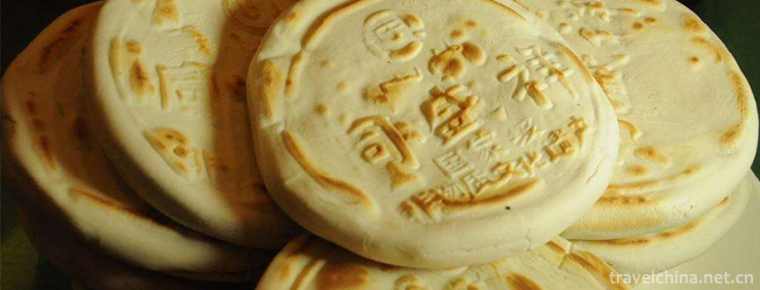
Production Techniques of Tongshengxiang Beef and Mutton Bubble
-
Zhaozhou Bridge
Zhaozhou Bridge, also known as Anji Bridge, is situated on the Juanhe River in Zhaoxian County, Hebei Province. It spans more than 37 meters across the river. Because all the bridges are built of ston
Views: 220 Time 2019-03-17 -
Legend of Cang Jie
Cangjie Legend is an ancient Chinese folklore. The story of Cangjie's writing originated from the Yan and Huang Dynasties and has a history of 5,000 years. Legend has it that in
Views: 230 Time 2019-04-04 -
Da Xian Opera
Daxian opera is a local traditional drama in Huaxian and Puyang counties of Henan Province, and one of the intangible cultural heritage at the national level. The singing music of Daxian opera belongs
Views: 228 Time 2019-04-23 -
Brewing Techniques of Douchi
Douchi brewing has a long history in China, and the records of Douchi production appeared in Qimin Yaoshu during the Northern and Southern Dynasties. Douchi is a kind of healthy food
Views: 163 Time 2019-04-28 -
Brewing technology of soy sauce
Qian Wanlong soy sauce brewing technology is the traditional soy sauce brewing technology of Shanghai Bengang, and it is an ancient local traditional handicraft technology.
Views: 111 Time 2019-05-06 -
Liao Zhais folk songs
The spreading area of Liaozhai slang mainly distributes in Zibo City, Shandong Province. The Pu family and its descendants are the main inheritors. Liaozhai slang is a unique traditional folk music li
Views: 215 Time 2019-05-13 -
Miao Batik Dyeing Techniques
Batik dyeing is one of the ancient folk traditional printing and dyeing techniques of the Chinese nation. As early as the Qin and Han Dynasties, the Miao people had mastered batik dyeing techniques, a
Views: 399 Time 2019-06-05 -
June meeting in Regong
Regong June Festival is a unique traditional cultural festival of Tibetan and Tu villages in Tongren County, Qinghai Province. It has been circulated for more than 1400 years. Every June in the Lunar
Views: 116 Time 2019-06-11 -
Jade Carving in Yangzhou
Yangzhou has a long history of jade carving. Jade carving in Yangzhou reached a new peak in the Tang Dynasty, and carving and striping appeared in the Song Dynasty. During the Qianlong reign of the Qi
Views: 110 Time 2019-07-10 -
Yongxin Drum
Yongxin Xiaogu is one of the traditional operas in Ji'an City, Jiangxi Province, which originated from Taoism. Legend has it that it was formed in Yongxin, Jiangxi Province during the reign of Qingdao
Views: 196 Time 2019-07-14 -
Deyang climate
There are obvious differences in climate between the mountainous area in the northwest and the plain and hilly area in the southeast of Deyang City. The main climatic characteristics are: mild climate, four distinct seasons, abundant rainfall, long frost free period and obvious
Views: 91 Time 2020-12-14 -
Population of Yibin
By the end of 2019, the total registered residence of Yibin was 5 million 515 thousand, 8 thousand less than the end of last year, and the registered residence population urbanization rate was 37.87%, which was 2.28 percentage points higher than that
Views: 165 Time 2020-12-18
